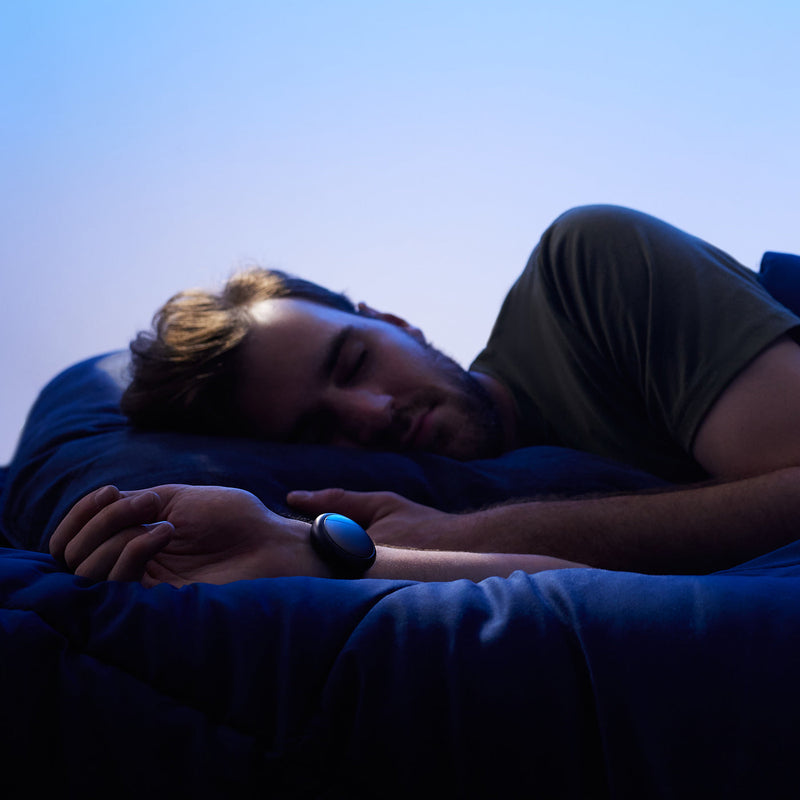Unlocking Better Sleep: The Power of Temperature
In our quest for optimal sleep, we often overlook a crucial factor that can significantly impact our restfulness: temperature. While we may focus on investing in high-quality mattresses or experimenting with sleep aids, the temperature of our sleep environment plays a pivotal role in the quality of our slumber. Here's how you can harness the power of temperature to improve your sleep and wake up feeling rejuvenated.
Understanding the Sleep-Temperature Connection
Our bodies have an intricate relationship with temperature, and this extends into our sleep patterns. Research indicates that our core body temperature naturally drops as we prepare for sleep, reaching its lowest point during the night. This drop in temperature helps facilitate the transition from wakefulness to sleep. Disruptions in this natural cooling process can hinder our ability to fall asleep and stay asleep.
The Ideal Sleep Temperature
While personal preferences can vary, most experts agree that the optimal sleep temperature for adults ranges from 60 to 67 degrees Fahrenheit (15 to 19 degrees Celsius). This temperature range promotes the natural cooling process of the body, enabling deeper and more restorative sleep. To find your ideal sleep temperature, you might need to experiment within this range and adjust based on your comfort.
Strategies for Regulating Sleep Temperature
- Adjust Your Bedding: The type and amount of bedding you use can significantly impact your sleep temperature. Opt for breathable, moisture-wicking fabrics like cotton or bamboo for your sheets. Consider layering your bedding so you can easily adjust the warmth as needed. Investing in a cooling mattress pad or a temperature-regulating mattress can also help maintain the optimal temperature throughout the night.
- Control the Room Temperature: Use fans, air conditioning, or heaters to maintain your preferred sleep temperature. If you don't have central climate control, portable fans or space heaters can be effective tools. Additionally, using a programmable thermostat to adjust the temperature as you sleep can help keep your room within the ideal range.
- Use Temperature-Regulating Sleepwear: Sleepwear made from temperature-regulating materials, such as moisture-wicking or cooling fabrics, can help you maintain a comfortable body temperature throughout the night. Avoid heavy, non-breathable fabrics that can trap heat and disrupt your sleep.
- Take a Warm Bath or Shower Before Bed: While it might seem counterintuitive, a warm bath or shower before bed can actually help lower your core body temperature. The process of cooling down afterward can help signal to your body that it's time for sleep. Aim to bathe about an hour before bedtime to allow your body to adjust.
- Keep Your Feet Cool: Your extremities, especially your feet, play a significant role in regulating your overall body temperature. Keeping your feet cool can enhance the cooling process and promote better sleep. Try using a fan directed towards your feet or wearing breathable socks if your feet tend to get cold.
- Experiment with Cooling Products: There are various cooling products available on the market designed specifically to regulate sleep temperature. Cooling pillows, mattress toppers, and even specialized sleep masks can help maintain a comfortable sleep environment. Plus, as you’ll see below, Embr Wave comes with specific modes in our app that are meant for peaceful, cooling sleep.
The Benefits of Embr Wave for Sleep
Embr Wave comes with specific Sleep Sessions in our companion mobile app that are curated for “Falll Asleep” and “All Night Sleep” in Cooling and Warming thermal modes. Set your sleep session for All Night Sleep and get up to nine hours of cooling waves on your inner wrist that activate the thermoreceptors telling your brain to cool your body.
The Benefits of a Temperature-Regulated Sleep Environment
Maintaining an optimal sleep temperature can lead to several benefits beyond just falling asleep faster. These include:
- Improved Sleep Quality: Proper temperature regulation helps facilitate deeper, more restorative sleep cycles, leading to a more restful night.
- Enhanced Sleep Efficiency: When your body isn't struggling to regulate its temperature, you experience fewer disruptions during the night and a more efficient sleep process.
- Reduced Sleep Disorders: Addressing temperature-related issues can help reduce the incidence of sleep disorders, such as insomnia or sleep apnea, by creating a more conducive sleep environment.
Conclusion
Temperature is a powerful, yet often overlooked, factor in achieving high-quality sleep. By understanding and harnessing the power of temperature regulation, you can create a sleep environment that supports your body's natural rhythms and enhances your overall sleep experience. Start experimenting with these strategies today, and you may find yourself waking up refreshed and revitalized, ready to take on the day with renewed energy.
Sweet dreams and restful nights await you as you explore the transformative potential of temperature in your quest for better sleep!

